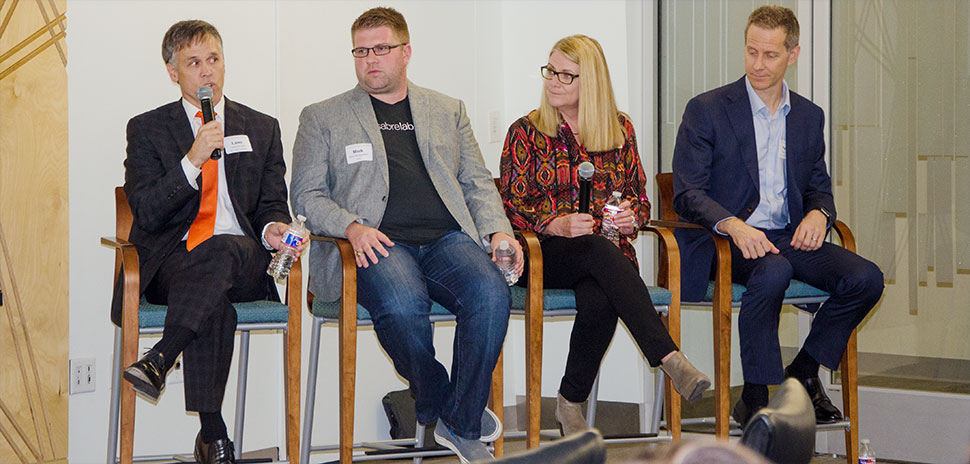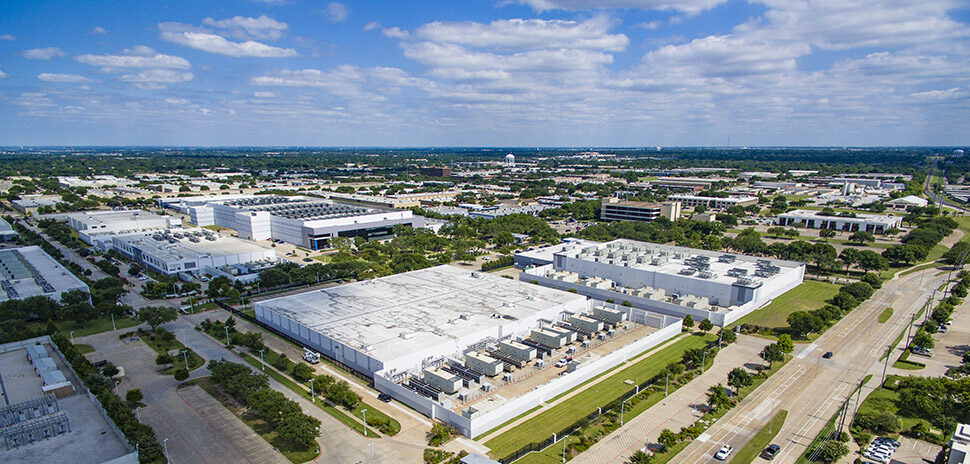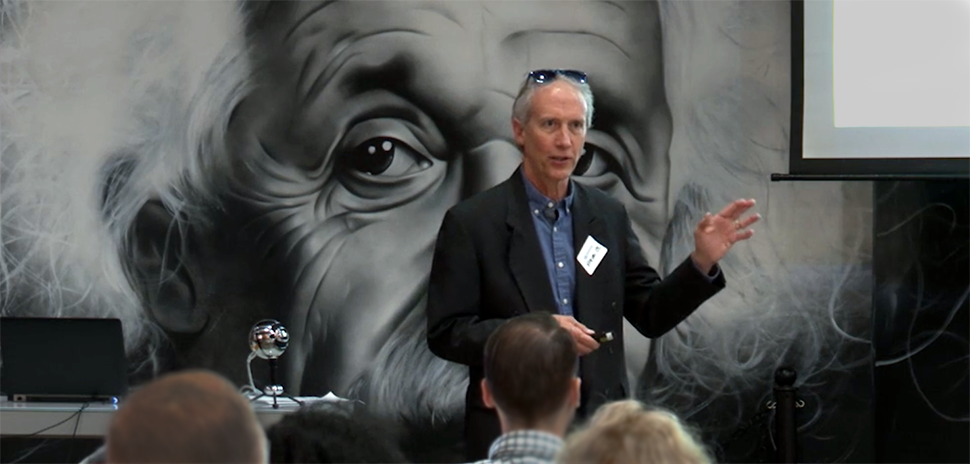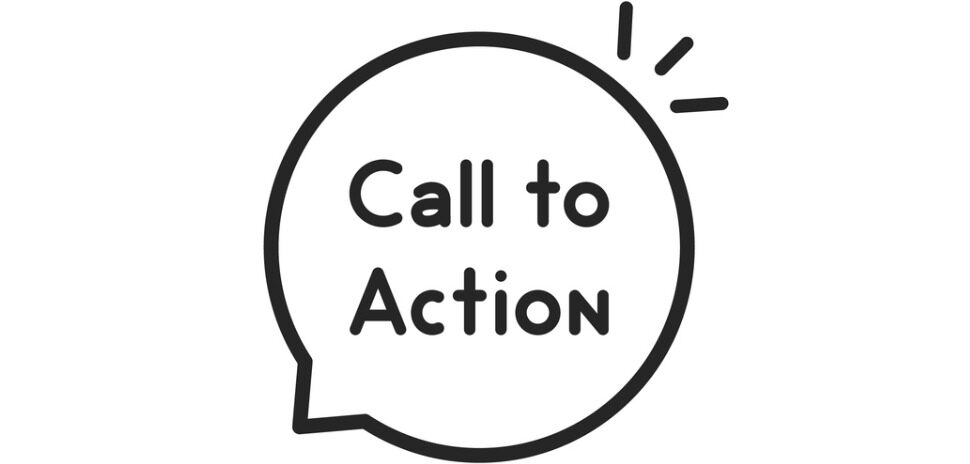A Dallas Innovates Series
Economist Bart van Ark led a conversation about the future of innovation with Fortune 1000 leaders from Microsoft, IBM, Sabre, and Blue Cross Blue Shield at the Signposts of Innovation panel discussion Oct. 3 at the Dallas Regional Chamber offices in downtown Dallas. Panelists talked about the ways companies can create a culture that encourages innovation. Van Ark is in charge of strategy development and new initiatives at The Conference Board, and heads a team of more than 20 economists in New York, Brussels, and Beijing.
Signposts of Innovation panelists were Cindy O’Shea of IBM, Mark McSpadden from Sabre, Lane Sorgen of Microsoft, and Dr. Paul Hain of Blue Cross Blue Shield. The following conversation has been edited for brevity and clarity.
Bart van Ark of The Conference Board moderated the discussion, and introduced 6 key strategies:
First: Develop strong leadership.
Second: Strategic alliances with customers, suppliers, and business partners.
Third: Ensure more diversity and inclusion on innovation teams and products.
Fourth: Emphasize creativity and more innovation as a corporate value or a corporate principle.
Fifth: Create a culture of innovation by promoting and rewarding that promotion.
Among the five important ones — leadership, strategic alliances, diversity and inclusion — creativity as part of our corporate value, and entrepreneurship and respect.
Sixth: Identify your set specific innovation prices or percentage of sliver revenue for new purchase orders.
Bart van Ark: There’s a solid desire to really build metrics around this … the top five strategies are not focused on hard psychology. Of course, hard psychology is important. But, it’s mostly about culture, about team leadership, culture innovation, diversity of thought, and creativity. Those are the things that are leading us when you think about innovation.
Now, innovation — if it’s so important — why are we not leading very good in measuring it?
It doesn’t mean there are not metrics at all. There are plenty of metrics. But, a lot of those metrics are at very fine levels, and, of course, country level methods — things like resourcing and patents and all those kinds of things.
A lot of it is about financial outcomes and much less about the process … So, just think about what it’d mean if we had a really good set of innovation metrics. What would we do with that more than just say “OK, let’s measure our return on investments.”
We could also begin to think about how we can communicate innovation priorities.
How can we identify and elevate resources in the right way? How can we write the profits and portfolios for innovation? And of course, what are our returns on those investments?
And secondly … if you have good metrics, it will result in a really good way to communicate within the company what it is that we’re doing about innovation … CEOs that are saying that innovation is the most important priority… Suppose you’ve got some good metrics on how you’re doing all this. You can go to your staff, you can listen to your customers in one department and say, “Look, this is the profits that we’re making this week.”
So, we feel there’s a real need to begin to improve on measurement, metrics of innovation — and not just for the sake of measuring your deterrents, but actually to improve the process of innovation itself, and to be able to communicate what it is you’re trying to achieve: communication and innovation.
Now, when you talk about innovation, the first question from me is, what do you need? What’s the definition?
I just want to identify one of two important things.This is a chart that comes from a [TCB study]. Innovation is happening in the third … that’s about product innovation and process innovation and marketing innovation.
But innovation is a lot more. It’s also about It’s also about
It’s also about It’s also about environment. It’s about your customers you’re working with and suppliers. It’s about the education system and the public resource system. It’s about the government and the way that they are, either international or regional or at a state level, leading the innovation policies. It’s about the infrastructure that’s being provided for research … And it’s about demand. It’s about the customer that’s driving a lot of this kind of innovation.
This is partially true, but the question is, when we are the firm … How can we measure these processes and be part of the process and an organization on marketing innovation?
Well, at a Conference Board meeting, we did a lot of research around it. Instead of reinventing the wheel, we tried to move around: How do people think about innovation? We have a study around this we’re going to publish very soon.
One of the things we think is really helpful when we talk about innovation … that’s a process, as a flow.
[Datacom Consulting] came up with a model that said you have to think about innovation as something that has inputs…things you have to put into it: people, knowledge, thoughts, technology. It’s the flow of the process itself — the innovation process — and then certain amounts of output and outlet.
What it really requires is a measurement of knowledge and ideas within an organization. That’s really what is needed in order to have a flow from input through to output … Don’t think just about outcomes, but think about process itself.
This is what I came up with: six major signposts of innovation, hence the title:
The first is technology. Of course, we need technology. And we need to have metrics around it.
The second is digital transformation, which is a subset of technology, but so impactful and so encompassing across the company we felt we had to identify it as a separate signpost for innovation. Virtually, every company has to deal somehow with this process of innovation.
The third is environmental or social sustainability. A lot of companies are telling us innovation has to deal with these challenges we’re facing in the area of sustainability that’s environmental or social.
The fourth is all about the customer. So, if you want to think about what innovation is about, you have to think about the customer experience. You have to think about the branding of your products and services.
The fifth is the big process of the innovation ecosystem.
Finally, there’s the internal innovation at work, so that’s where you need an in-firm process. I mentioned leadership, organization, processing skills, people skills, culture, and knowledge.
So, we divided the Signposts of Innovation up into six categories. The panel will [discuss] how do you relate to those metrics in thinking about innovation?
And that’s where you find the main talking we’re going to focus on this afternoon: How are these Signposts of Innovation that you sense? What are we thinking about when we talk about innovation within our business? And, how are we trying to measure it, assess it, and try to put it into action?
I want ask the panel to think about your first thoughts … It’s really a question about how well we measure.
Are you measuring innovation in your firm and do you think you’re good at it — or do you think you’re facing some big challenges?
Bart van Ark: Lane, you wanted to start.
Lane Sorgen: I work with Microsoft. I’m going to start by saying I think we are better at innovation now than we were three years ago. We have had periods of time where we’ve been very innovative. I think we’ve had some longer periods of time if you go back three years, five to 10 years, where we were not so innovative.
I set that up just to set the stage. When I think about these pillars we’re talking about, there’s not much that’s changed from three years ago to now, in terms of some of the hard metrics. So, when we look at R&D span, that’s relative to the size of the company, and size of our sales and all that. That’s actually about the same.
Our patents…the number of patents that we bought and that we built ourselves was higher during the window of time, going back about three years ago. So, I don’t believe that metric is so much the changing force.
The two items up here, which I think are most significant for us right now that are making a difference is the customer point of view and the internal process.
We went through a CEO change two years ago — brand new CEO — and the nut of it, he said, is we have to innovate across our product lines. Before that, it was in silos and that was really where we were failing to innovate.
On the cultural side, I personally, as an example, hold six or seven courses a year, just training the people here in DFW culture — trying to train them on what kind of people we want to be in our company.
Mark McSpadden: I work at Sabre, and for those of you that don’t know Sabre, it powers a lot of the back end of travel.
One of the challenges we have as a beta B2B company is we’re selling to the American Airlines of the world. We’re selling to hotels and Expedia.
It becomes a challenge to understand that customer experience we were talking about, because we want to present a customer experience for our customers — and then sometimes, that’s an experience that has to flow through to their customers.
That can present a challenge, especially when we look at it on a global scale. How do you do that? Not just here in North America … how do you handle challenges across the world when you’re trying to do that and compete against people that are sometimes more native to a region that you may be entering into?
Cindy O’Shea: IBM. IBM is a 105-year-old company, so we continuously have to reinvent ourselves.
Certainly, we have large investments in IBM research. There are 3,000 employees around the world, six continents. I encourage you to take a look at our website. There’s a lot of information.
In addition to that, our IBM Institute of Business Value is very important.
I find it interesting. As we talked about R&D and technology … I think we need to talk about business models and what they mean to industries as well, and that wasn’t clear in the signpost.
I’m the new director of a center and certainly, our team is very much client-focused, but as you already brought up, it’s important for IBM to look from a client point of view in. We’ve always been really good at our outs …looking inside out. But we need to look from the other point of view: a client’s point of view.
I would also add that it’s not just about STEM skills. We’ve brought up creativity multiple times in the discussion, so the arts [are] very important. It’s very important to us as the focus on design, thinking, and agile methodology.
Dr. Paul Hain: Blue Cross Blue Shield of Texas. We’re not 105 years old. We’re close. I think we’re 90 now, and we were born right down the street. Does everybody know that?
We started in Dallas, just down the street. All of Blue Cross started just down the street, 90-something years ago. Fun fact for you. You’re welcome.
To answer the specific question about our measurements of innovation … we have some that are reasonably good, and some that are to follow. The reasonably good are that we create and market products and services that other people don’t, or that we get to it first before they do.
In health care, that may be better transparency to customer service. There are a lot of things we do better than our competitors that we invented.
On the other hand, I think a real key to having an innovative culture is having a safe culture, so you feel bold to bring up new ideas or challenge the status quo because innovation doesn’t have to be a new technology or a new app. It can be a new process or a new procedure, a new way to be acclaimed, or something that takes some efficiency to machine. And if you’re not ready to challenge the status quo, and people around you already hear that, then it’s difficult to get good ideas brought to the forefront. I don’t think we’re very good at measuring how safe are our teams, and the teams that are succeeding are safer than other teams.
So, measuring the ability to bring forth good ideas … not so good.
Our output is actually pretty good. So, it leaves me wondering what we could actually do if we could measure all that.
Updated October 26, 2016.
READ NEXT
Signposts of Innovation: What Impacts Your Company?
Delivering what’s new and next in Dallas-Fort Worth innovation, every day. Get the Dallas Innovates e-newsletter.






































































